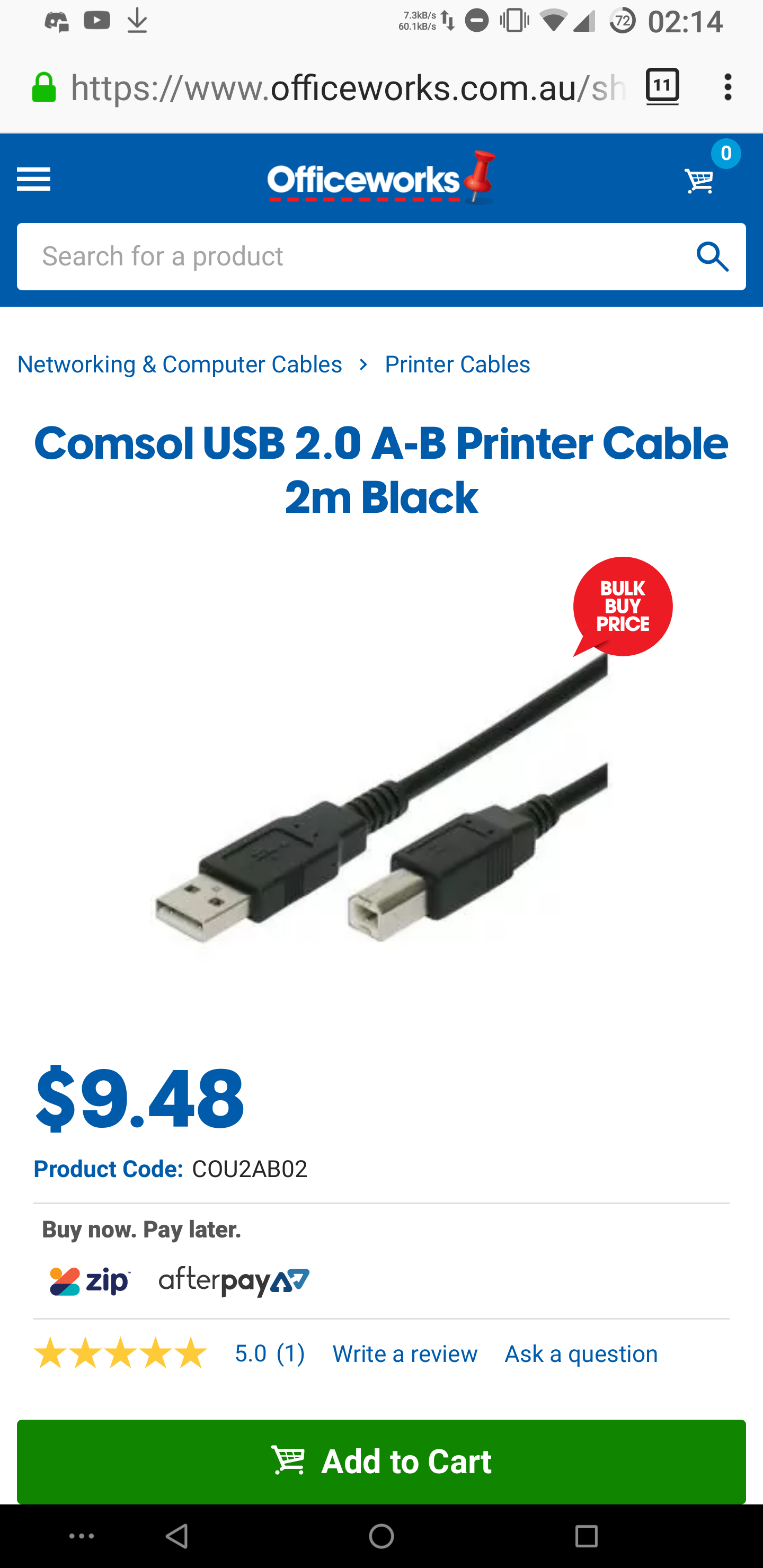title: "Lynne Teaches Tech: What are all the different types and versions of USB about?"
author: Lynne
categories: [Lynne Teaches Tech]
tags: [Lynne Teaches Tech]
---
Describing something like an Ethernet port is easy. You have one number to worry about: the speed rating. 100Mbps, 1Gbps, 10Gbps... It's very simple.
USB, on the other hand, has two defining attributes: the type, and the version. Calling a USB port "USB 3.1" or "USB-C" doesn't tell you the whole story.
<!--more-->
*Note: I'll be using the term "port" to mean "bus" at times throughout this post for simplicity's sake.*
The letters
-----------
At first, there really was only one USB port type.
When people describe a port as a "USB port" without any additional info, they're talking about this one. USB-A ports can be found everywhere, and are (as of writing) still more common than USB-C.
If this is USB-A, and we're up to USB-C, then where's USB-B? You might have used one without knowing.
{.wp-image-204}
There are [many more varieties of USB](https://en.wikipedia.org/wiki/USB#Receptacle_(socket)_identification), such as USB Mini-A, USB SuperSpeed B, and, of course, USB-C.
USB 1.0 offered transfer rates of up to 1.5 Mbits per second, and future versions improved upon that speed. A USB 3.0 port can (theoretically) reach speeds of up to 5 Gbits/s. A USB-C port can implement USB 3.0 or later, which is where the issue lies.
Describing a given port as USB-C doesn't tell you the speed it operates at, and describing a port as USB 3.1 doesn't tell you what type it is. The original USB port with the lowest version - the original port that debuted in '96 - is not just a USB port, it's a USB-A 1.0 port.
To make matters worse
---------------------
[Thunderbolt 3](https://en.wikipedia.org/wiki/Thunderbolt_(interface)#Thunderbolt_3) is a standard that uses the USB-C port. It allows for (among other things) communicating with an external GPU and connecting external displays. Thus, when describing a USB-C port, it is *also* pertinent to note whether or not it has Thunderbolt support. This doesn't apply to non-C ports (yet!).
Recap
-----
The letter (USB-**A**, USB-**C**) refers to the type of connector. You **cannot** mix and match types (a USB-C device will not connect to a USB-B port).
The number (USB **3.1**, USB **2.0**) refers to the version number. You **can usually** mix and match version numbers, but you may encounter reduced performance or functionality.
Thunderbolt is an **optional extension** for USB-C ports. A Thunderbolt device cannot work with a non-Thunderbolt port, but a non-Thunderbolt device will work with a Thunderbolt port.
There's more that I didn't go into in this post, but if I wanted to describe the ins and outs of every USB specification, we'd be here forever! :mlem:
*Some of the images used in this article were created by Wikipedia user* *[Fred the Oyster](https://commons.m.wikimedia.org/wiki/User:Fred_the_Oyster), under the**[CC-BY-SA 4.0](https://creativecommons.org/licenses/by-sa/4.0/)**license.*